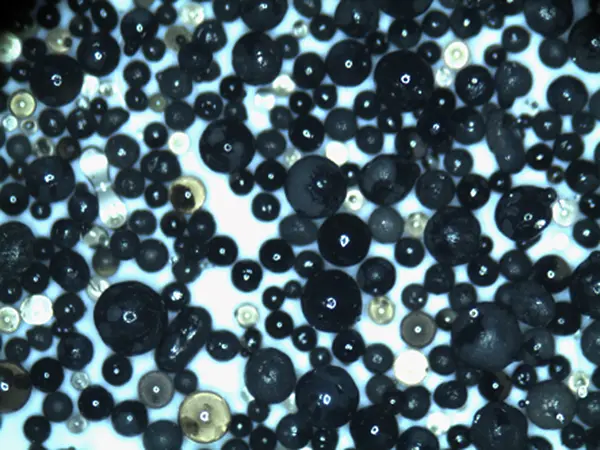The Rise of 3D Printed Sand Revolutionizing Construction and Manufacturing
In recent years, the world has witnessed a remarkable evolution in manufacturing technologies, with 3D printing emerging as one of the most transformative innovations. Among various applications of this fascinating technology, 3D printed sand has gained substantial attention, heralding a new era in the fields of construction, industrial design, and prototyping.
3D printed sand refers to the use of sand as a primary material in 3D printing processes, typically in the context of creating molds and cores for metal casting. This method allows manufacturers to create highly intricate and customizable designs that were previously difficult or impossible to achieve with traditional methods. The process involves using a binder solution that solidifies the sand layer by layer according to a digital blueprint. The result is an efficient and cost-effective way to produce complex geometries that cater to specialized manufacturing needs.
The Rise of 3D Printed Sand Revolutionizing Construction and Manufacturing
Moreover, 3D printed sand allows for unparalleled design flexibility. Engineers and designers can experiment with innovative shapes and structures without the constraints imposed by conventional manufacturing techniques. Whether it's creating unique architectural features, specialized components for machinery, or bespoke items for artistic projects, the possibilities are virtually limitless. This newfound freedom in design encourages creativity and innovation across various industries, including aerospace, automotive, and even art.
3d printer sand

In the construction industry, the potential of 3D printed sand is particularly promising. As urbanization accelerates and populations grow, the need for efficient and sustainable building methods becomes critical. By leveraging 3D printing technology, entire structures can be fabricated more quickly and with fewer materials, thus reducing both time and cost. Architects envision 3D printed homes and infrastructures that can be built with local materials, minimizing transportation impacts and promoting sustainability.
Additionally, 3D printed sand can significantly enhance the quality of the final products. The precision offered by 3D printing ensures that even the most detailed designs can be replicated consistently. This accuracy reduces the likelihood of defects and improves overall product performance. In industries such as aerospace, where safety and reliability are paramount, these enhancements can lead to safer and more efficient components.
Despite the numerous advantages, the adoption of 3D printed sand also presents challenges. The technological infrastructure required for widespread implementation is still developing, and there is a need for continued research and innovation to improve the efficiency and scalability of the process. Furthermore, the industry must address regulatory standards and safety guidelines to ensure the quality of products created through this method.
As we move forward, the integration of 3D printed sand into mainstream manufacturing and construction could reshape the landscape of these industries. With its potential to reduce waste, increase design flexibility, and enhance product quality, 3D printed sand represents a significant step toward a more sustainable and innovative future. As researchers and engineers continue to explore its capabilities and limitations, we can expect to see more groundbreaking applications and advancements in the coming years, cementing 3D printed sand as a crucial element of modern manufacturing.
Post time:Th11 . 11, 2024 06:19
Next:types of sand used in foundry
